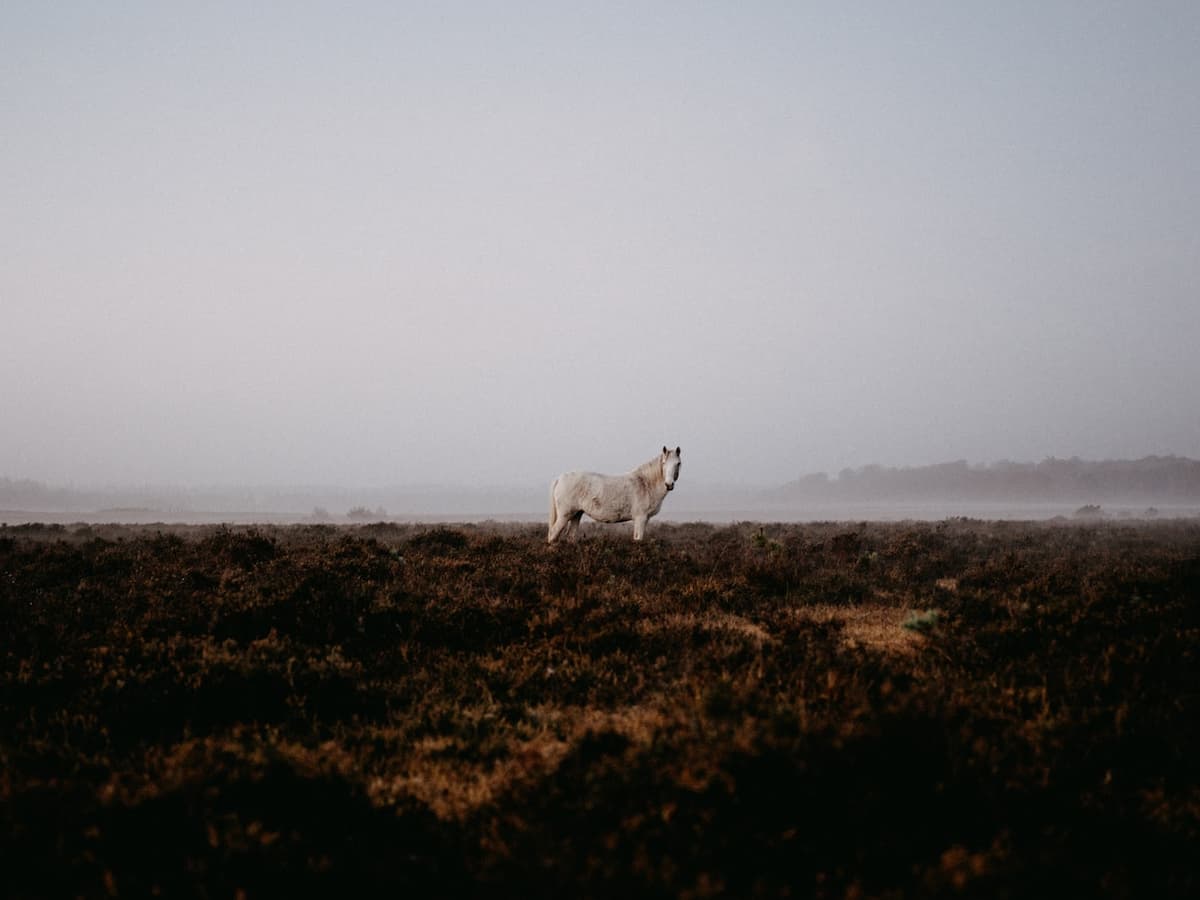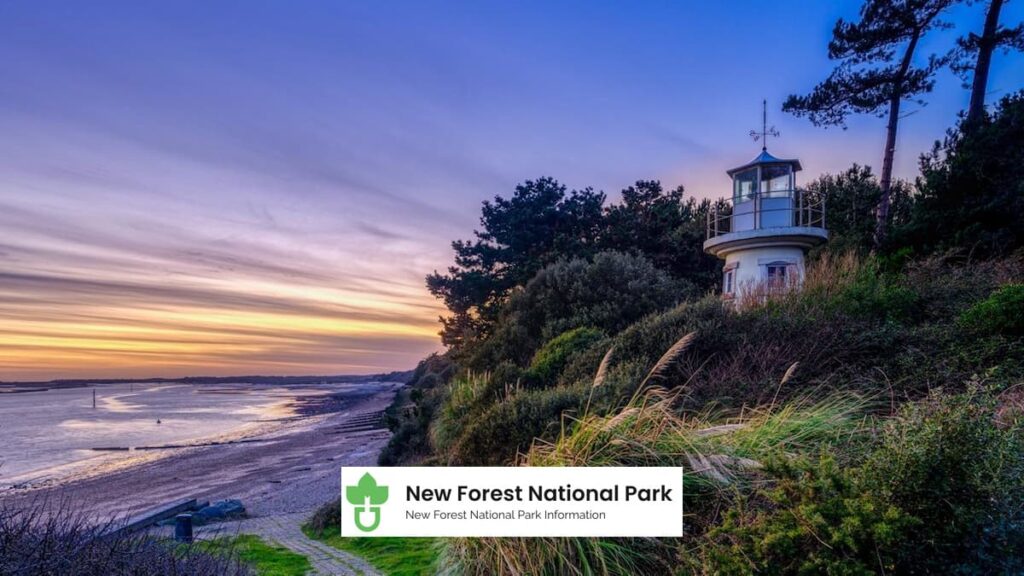Important dates and events in the history of the New Forest

The
Important dates and events in the history of the New Forest
Since its designation as a royal hunting ground by King William I in 1079 there have been a number of important dates and events that have all played a part in shaping the New Forest over time.
This page summarizes a number of these dates and events that have all occurred over the history of the New Forest and National Park.

- 1079 – King William I has the area designated as a royal hunting ground and Forest Laws are created to ensure the protection of animals and the vegetation as their food.
- 1086 – the first official record is made of the area as The New Forest, in the Doomsday Book.
- 1100 – King William’s son, William Rufus, is shot and killed with an arrow while out hunting, either accidentally or otherwise.
- 1217 – Henry III’s Charter Of The Forest gives further protection to The New Forest, as well as similar afforested areas throughout the country.
- 1483 – the very first Tree Growing Act passed, opening the way for areas to be enclosed – a strong feature of today’s New Forest.
- 1698 – William III passes an Act to create more enclosures for protected timber production, for use by the Navy.
- 1808 – an Act for the increase and preservation of timber in The Forest is passed.
- 1845 – the London to Southampton railway line is extended through to Dorest and bisects the New Forest.
- 1851 – the Deer Removal Act is enforced, unsuccessfully. More enclosures are created and trees planted.
- 1877 – the first major ‘New Forest Act’ is passed. The Court of Verderers is re-established to take control of the rolling powers of the Crown, surrendered through the act. This Act also prohibits the creation of any more enclosures.
- 1919 – the Forestry Commission is established to care for and manage Crown lands throughout the country.
- 1924 – Forestry Commission officially takes over the management of The New Forest.
- 1939-45 – The New Forest areas of Stoney Cross, Beaulieu Heath and Holmsley see airfields being built for wartime use.
- 1949 – the New Forest Act is passed, ensuring further conservation efforts and making minor boundary changes.
- 1969 – National Nature Reserve status is given to The Forest under recognition of its habitats and wildlife.
- 1971 – Site of Special Scientific Interest status given to The Forest. Traditional Forest Laws are abandoned.
- 1976 – the parking of cars is confined to official car parks throughout the New Forest; ditches are dug and dragon teeth fencing is erected to prevent parking on open Forest areas.
- 1990 – New Forest Committee is created to oversee and co-ordinate the actions of 6 different governing bodies in the area.
A 40mph speed limit is put into place on Forest roads in an attempt to reduce animal deaths. - 1991 – the area is recommended by the National Parks Review Panel for consideration to becoming a National Park.
- 1994 – National Park status recommendation is rejected by the government.
- 1997 – a 4 year ‘LIFE’ program is financed by the Forestry Commission and European Union to restore areas of The Forest and to improve conservation efforts.
- 1999 – the Countryside Agency reviews the recommendation and puts forward plans to give the area National Park status.
- 2000 – the provisional National Park boundaries are defined.
- 2002 – a Designation Order is published and a public inquiry launched to decide upon whether the new NP status should go ahead.
- 2005 – The New Forest National Park is officially recognised on March 1st.
Sources of reference: www.hants.org.uk, www.forestry.gov.uk/forestry/infd-6a4kpd
Related Pages:

How To Make Traveling Less Stressful
How to Make Travelling Less Stressful Travel should refresh and inspire you—not leave you feeling frazzled and drained. Unfortunately, missed connections, overloaded itineraries, and overstuffed suitcases can turn even the most exciting holiday into a

Prep Your Car for Long Nature Drives
The engine hums quietly as dawn light filters through towering pines, and you’re miles from the nearest gas station with nothing but winding mountain roads ahead. Your car isn’t just transportation on these journeys—it’s your

Rugged Looks Built for Park Terrain
Whether you’re driving winding forest roads or parked at a trailhead surrounded by mossy oaks and chirping robins, your truck says a lot about your adventure style. For many outdoor enthusiasts, function comes first—but that

Planning Safe Camps
Setting up camp in remote locations is the kind of adventure many dream about—off the grid, fresh air, starry skies. But anyone who’s tried it knows there’s a fine line between a fun escape and

How to Find the Most Beautiful Secret Hotels
If you’re craving a luxurious, quiet retreat away from the hustle and bustle, a secret hotel might be the getaway you need. You can check into a hidden spot in an atmospheric city, a gorgeous

The Most Thrilling Shore Excursions
Do you want to know about the most thrilling shore excursions? If you’re after an action-packed escape on the British coast, New Forest National Park really does deliver some of the wildest shore excursions for
